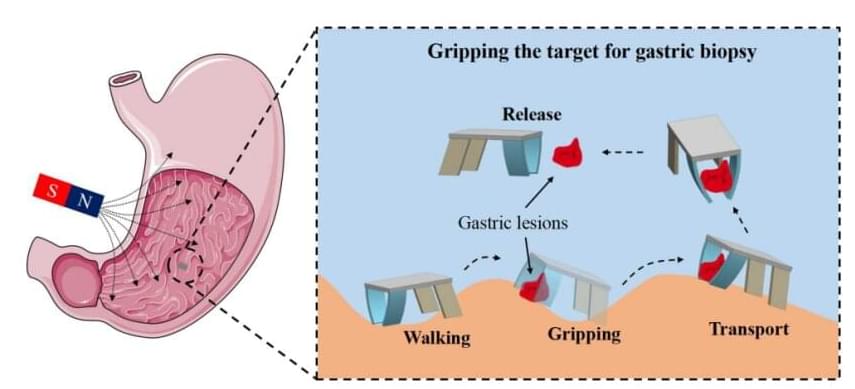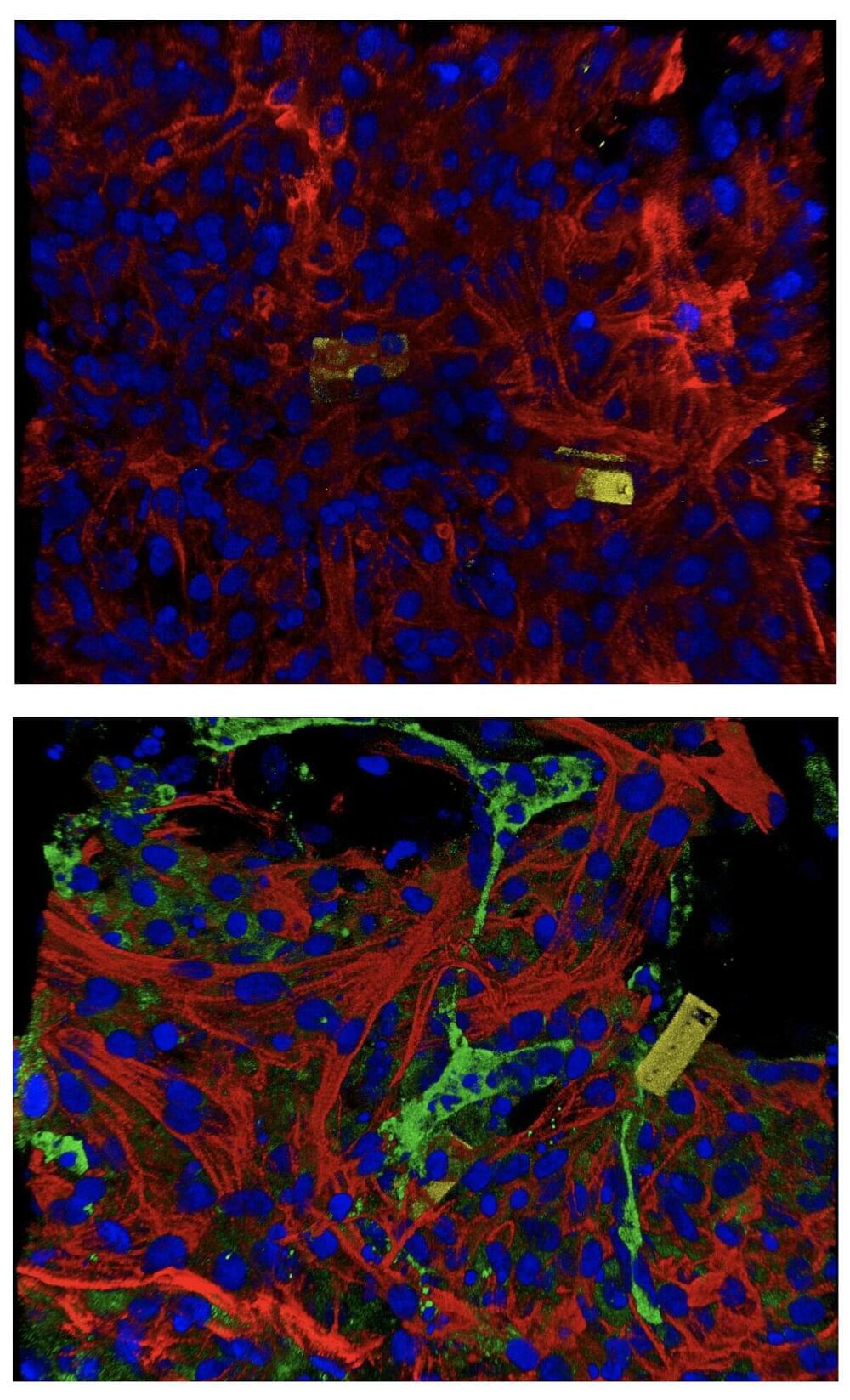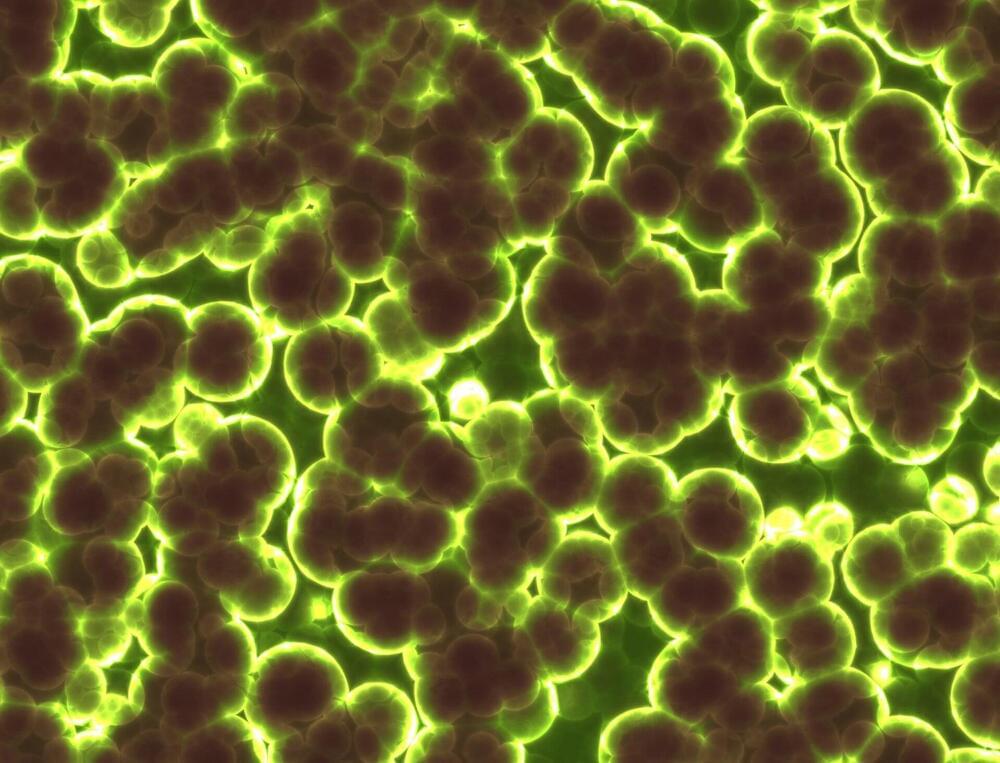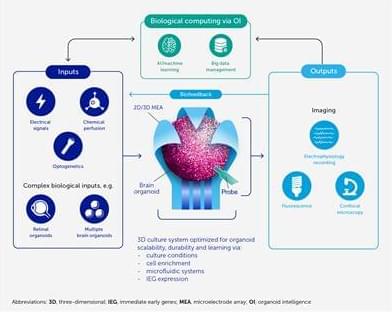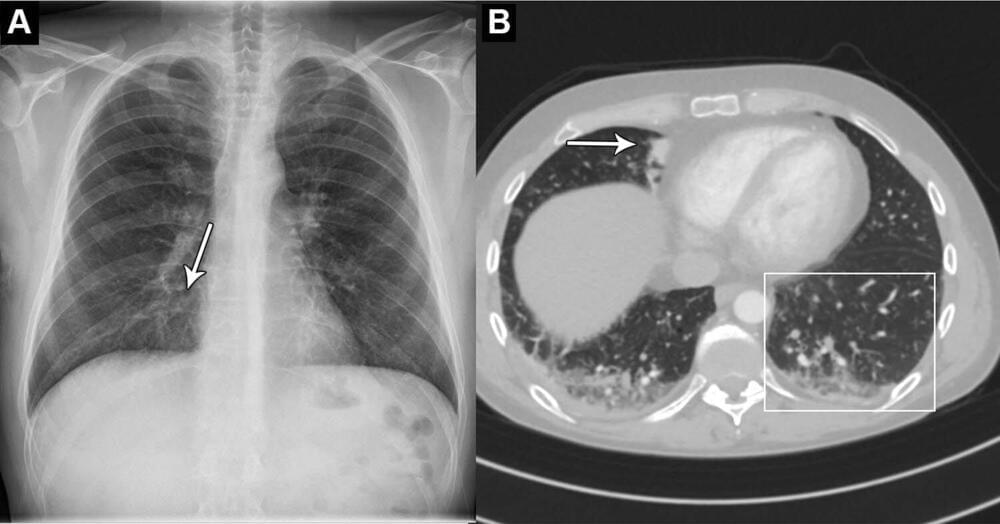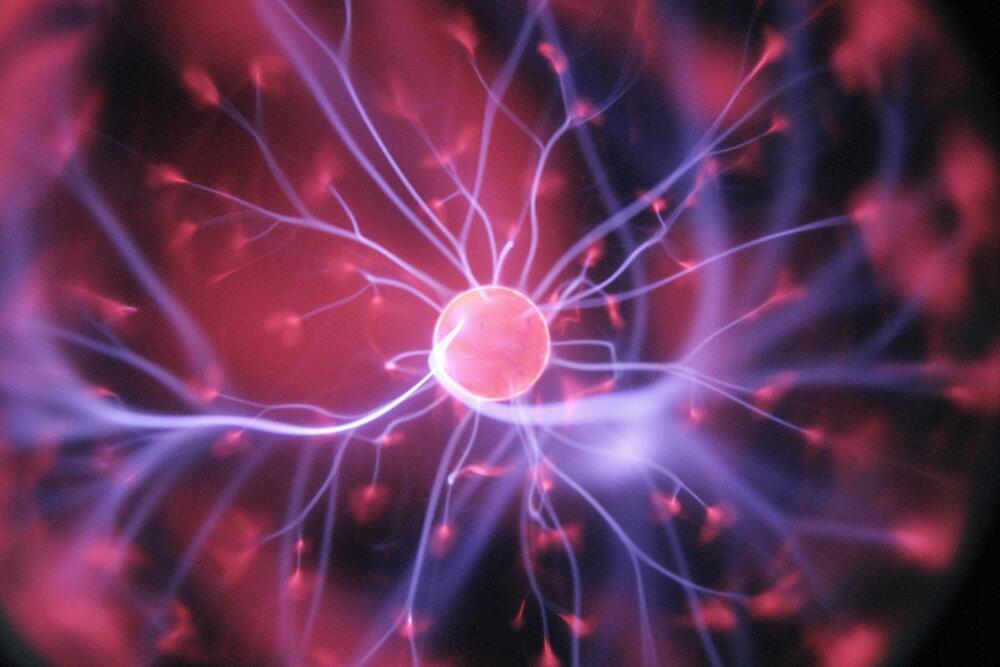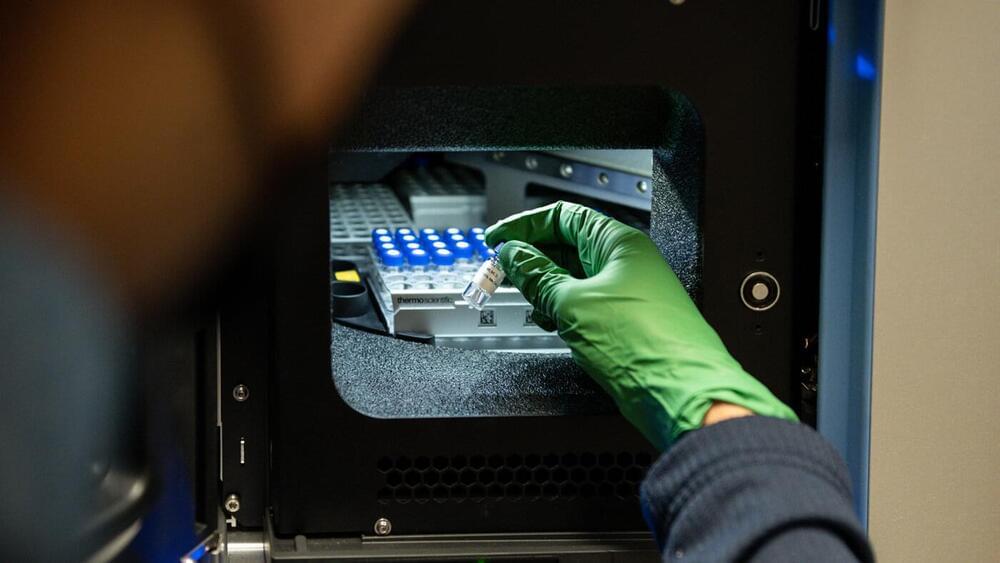But as I describe in my book “Spark: The Life of Electricity and the Electricity of Life,” even before humanmade batteries started generating electric current, electric fishes, such as the saltwater torpedo fish (Torpedo torpedo) of the Mediterranean and especially the various freshwater electric eel species of South America (order Gymnotiformes) were well known to produce electrical outputs of stunning proportions. In fact, electric fishes inspired Volta to conduct the original research that ultimately led to his battery, and today’s battery scientists still look to these electrifying animals for ideas.
Prior to Volta’s battery, the only way for people to generate electricity was to rub various materials together, typically silk on glass, and to capture the resulting static electricity. This was neither an easy nor practical way to generate useful electrical power.
Volta knew electric fishes had an internal organ specifically devoted to generating electricity. He reasoned that if he could mimic its workings, he might be able to find a novel way to generate electricity.
